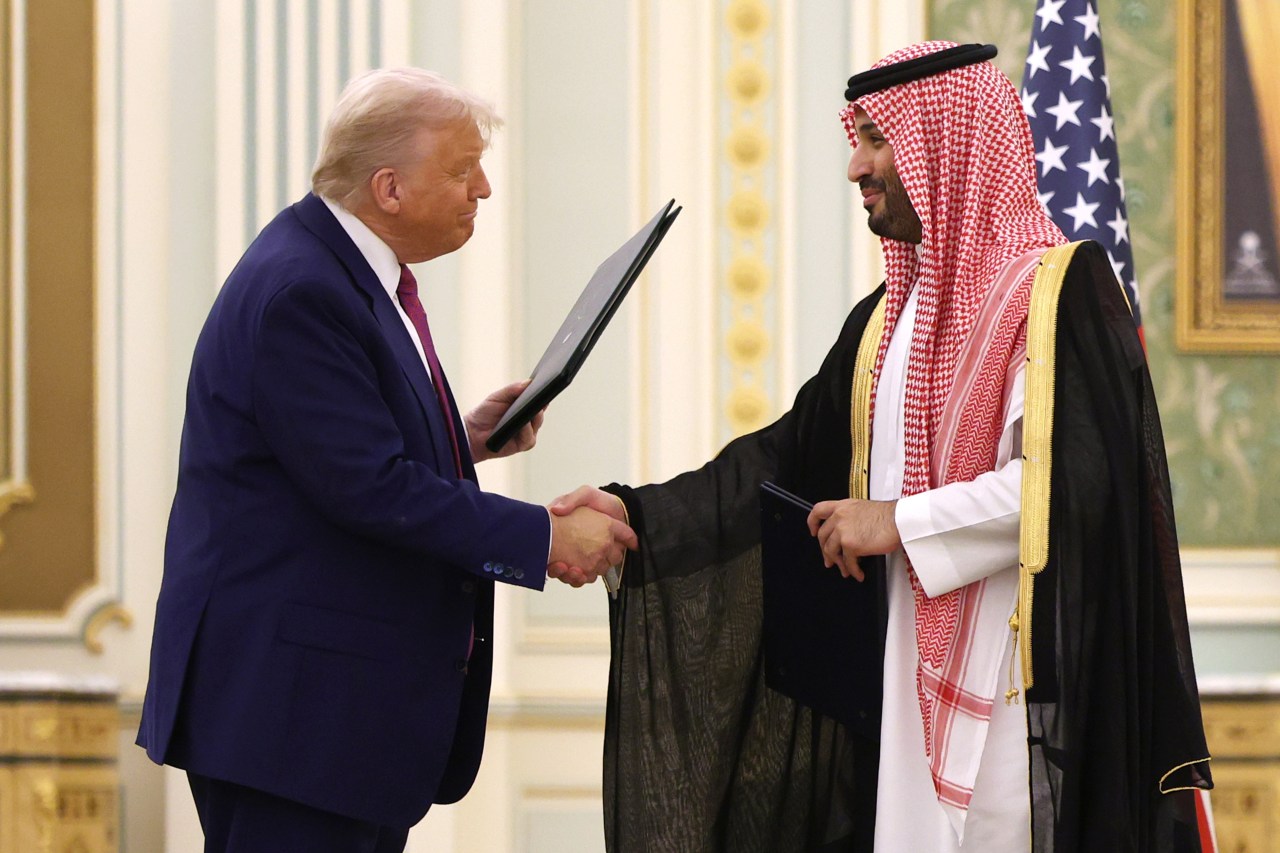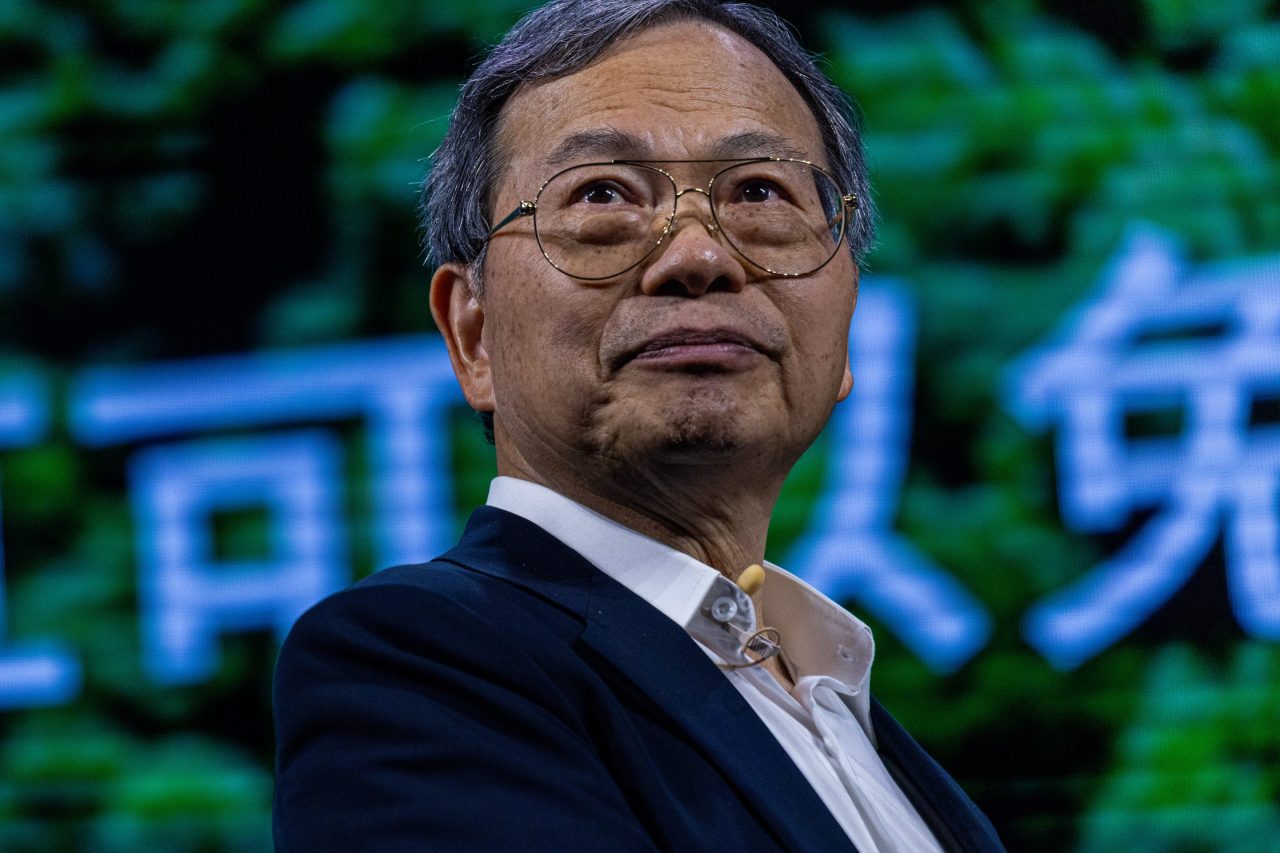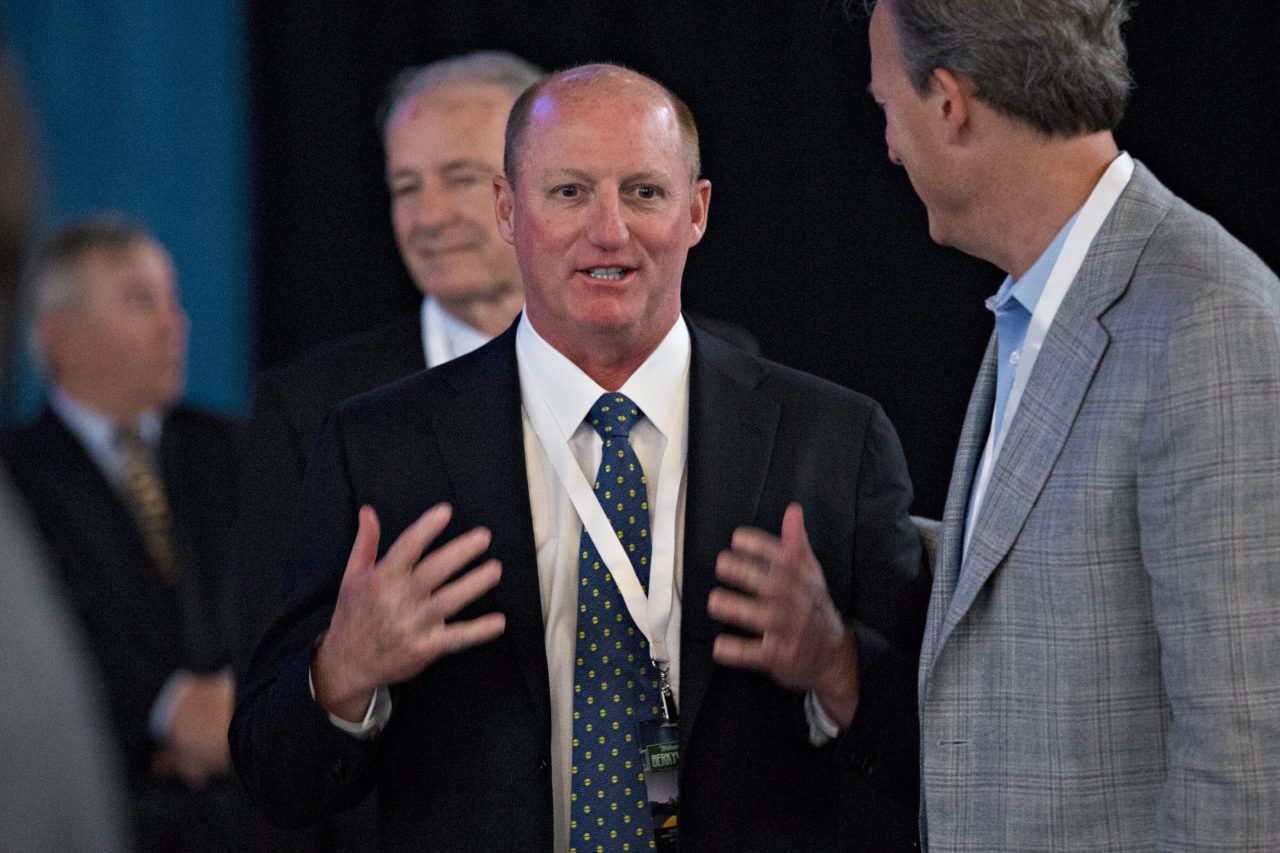When former President Donald Trump visited the Middle East, many analysts focused on the usual topics: diplomacy, security, arms deals, and regional alliances. However, one subtle but potentially game-changing aspect of his trip was the plan to fill the U.S. Strategic Petroleum Reserve (SPR). This move, while not grabbing headlines like peace deals or military agreements, could be a crucial factor in the overall success of the visit and America’s broader energy and geopolitical strategy.
What Is the Strategic Petroleum Reserve?
The Strategic Petroleum Reserve is the world’s largest supply of emergency crude oil, managed by the U.S. Department of Energy. Established in the 1970s after the oil embargo, it serves as a buffer to stabilize the oil market during supply disruptions caused by natural disasters, conflicts, or geopolitical tensions.
With a capacity of over 700 million barrels, the SPR acts as the United States’ insurance policy against sudden spikes in oil prices and supply shortages.
Why Was the SPR Low Before Trump’s Visit?
In recent years, the SPR levels dropped significantly due to several reasons:
- The U.S. government authorized releases to counter rising gas prices domestically.
- Some reserves were sold or repurposed as part of fiscal policies.
- Global oil markets became more volatile, and domestic production surged, reducing perceived need for large reserves.
By the time of Trump’s Middle East visit, the SPR was at historically low levels, raising concerns among energy experts about the U.S.’s ability to respond to future oil shocks.
Filling the SPR: An Energy and Diplomatic Signal
Trump’s plan to refill the SPR during the Middle East visit sent a powerful message to OPEC countries, Saudi Arabia, and other oil producers:
1. Renewing Energy Partnerships
By committing to replenish the reserve, the U.S. signaled its intention to maintain strong energy ties with Middle Eastern producers. This implied continued demand for their oil exports, encouraging cooperation and stable production levels.
2. Stabilizing Oil Markets
An adequately stocked SPR provides a cushion against sudden market shocks. This stability benefits both oil producers, who prefer predictable demand and prices, and consumers worldwide.
3. Geopolitical Leverage
The SPR is not just an energy tool but also a geopolitical instrument. Having a robust reserve enhances U.S. bargaining power in negotiations on regional security and trade.
4. Economic Security
Ensuring energy security by filling the SPR supports broader economic goals, reassuring markets, businesses, and consumers about the nation’s preparedness.
How Did This Strategy Affect the Visit’s Outcomes?
During the visit:
- Saudi Arabia and other Gulf nations welcomed the plan, seeing it as a sign of long-term U.S. commitment.
- Discussions around oil production levels and regional cooperation were smoother due to the mutual understanding of market stability benefits.
- The move helped balance complex geopolitical dynamics, especially amid tensions with Iran and ongoing conflicts in Syria and Yemen.
Challenges and Criticisms
Despite its benefits, the SPR refilling strategy faced some criticisms:
- Some argued it could encourage continued fossil fuel dependence rather than pushing for renewable energy investments.
- Filling the SPR requires significant capital and logistics, which can strain budgets.
- Environmental groups expressed concerns over long-term climate implications.
What’s Next for the SPR and U.S.-Middle East Relations?
The SPR remains a key strategic asset. Going forward:
- The U.S. may use the SPR as leverage in future diplomatic negotiations.
- The balance between energy security and climate goals will continue to challenge policymakers.
- Cooperation with Middle Eastern oil producers will remain essential for global energy stability.
Conclusion
While high-profile talks and agreements often steal the spotlight, the decision to fill the Strategic Petroleum Reserve during Trump’s Middle East visit was a quietly powerful move. It reinforced energy partnerships, signaled U.S. commitment to market stability, and enhanced geopolitical leverage—elements that contribute significantly to the success of diplomatic missions.
Understanding the strategic role of the SPR provides deeper insight into how energy policy intertwines with international relations and why it can be the secret to successful diplomacy in oil-rich regions.




